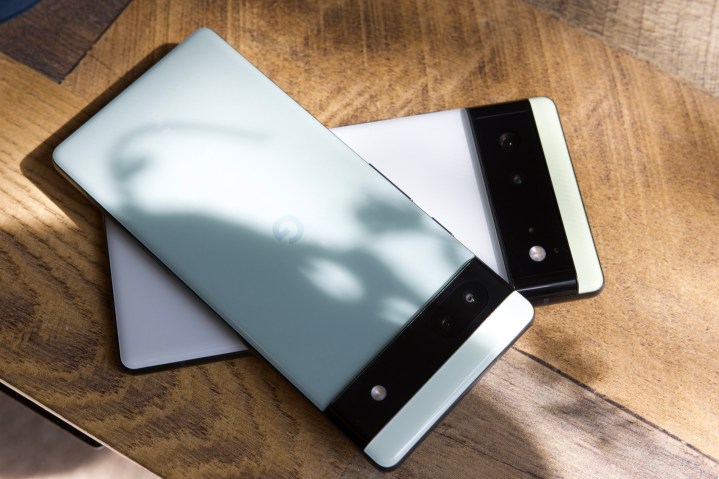Google is continuing to work with Samsung for the Pixel 8 series, according to a new report from the Samsung-focused tech blog, Galaxy Club. The report claims that Google is developing this new chip under the name “Cloudripper,” with a debut expected in 2023 with the Pixel 8.
If true, this would not be surprising. Google hasn’t announced plans to kill off the Pixel line yet, and its Pixel 7 is coming in a month or two with a renewed Tensor 2 chipset. It is interesting that Samsung and Google continue to collaborate, but not surprising.

Both companies work closely together on Android on a macro level, and the Pixel 6 is chock full of Samsung parts — with the Pixel 7 Pro even reported to be picking up a Samsung telephoto camera to replace the Sony one. Qualcomm has famously not been happy with Google’s choice of partner, but Google seems happy enough to continue its collaboration with Samsung for the third year running — at least for now.
Google’s Tensor chip has been an impressive one, at least for a first effort. Featured in the Pixel 6a, 6, and 6 Pro, its image signal processor has made it one of the best chips for mobile photography enthusiasts. Furthermore, its A.I. smarts make things like dictating and translating seamless and effortless. However, Google has floundered around making its chip efficient with power use, meaning that the Pixel 6 handsets have all had issues with battery longevity, while the poor choice of modem has left people desperate at times for a bar of two of cell signal.
Google hopefully is aware of these flaws by now, and its updates to the Tensor 2 reportedly improve the modem performance. Bearing in mind that there’s still a year of development left and enough time to switch tracks, it is still possible (although unlikely) that Google switches back to Qualcomm or partners up with someone else for the Pixel 8. Whatever the case, with the Pixel 8 and Tensor 3 in 2023, hopefully, Google pulls closer to rivals from Qualcomm, MediaTek, and perhaps even Apple.
Editors' Recommendations
- I compared Google and Samsung’s AI photo-editing tools. It’s not even close
- A new Google Pixel Tablet is coming, but it’s not what you think
- Why you need to be excited about the Google Pixel 8a
- The 6 biggest announcements we expect from Google I/O 2024
- Google Pixel 8a: news, rumored price, release date, and more

